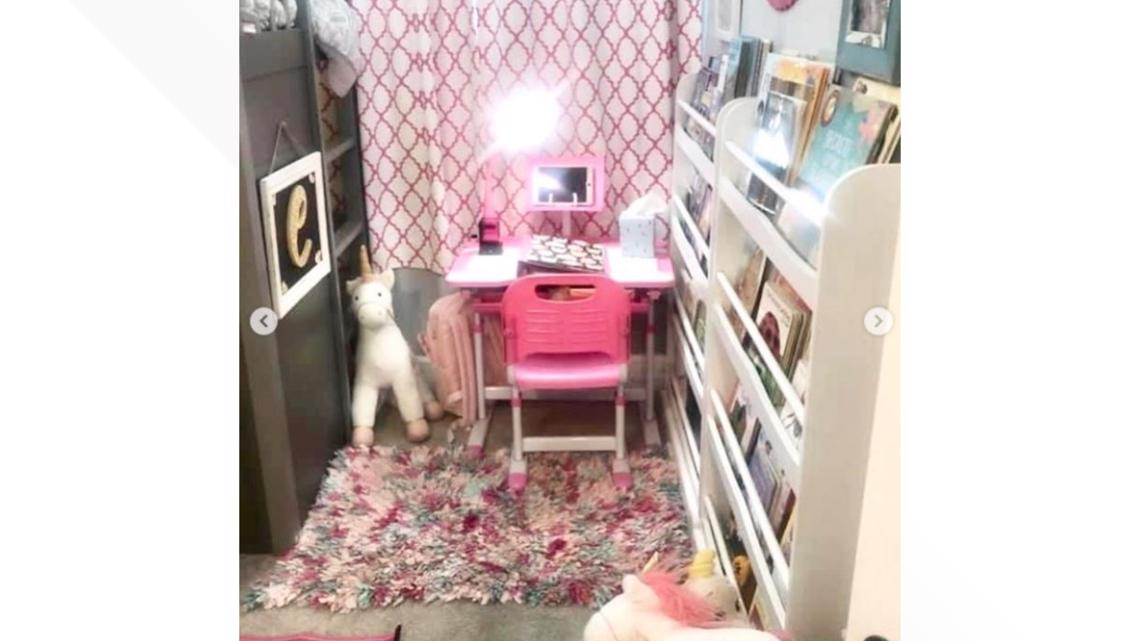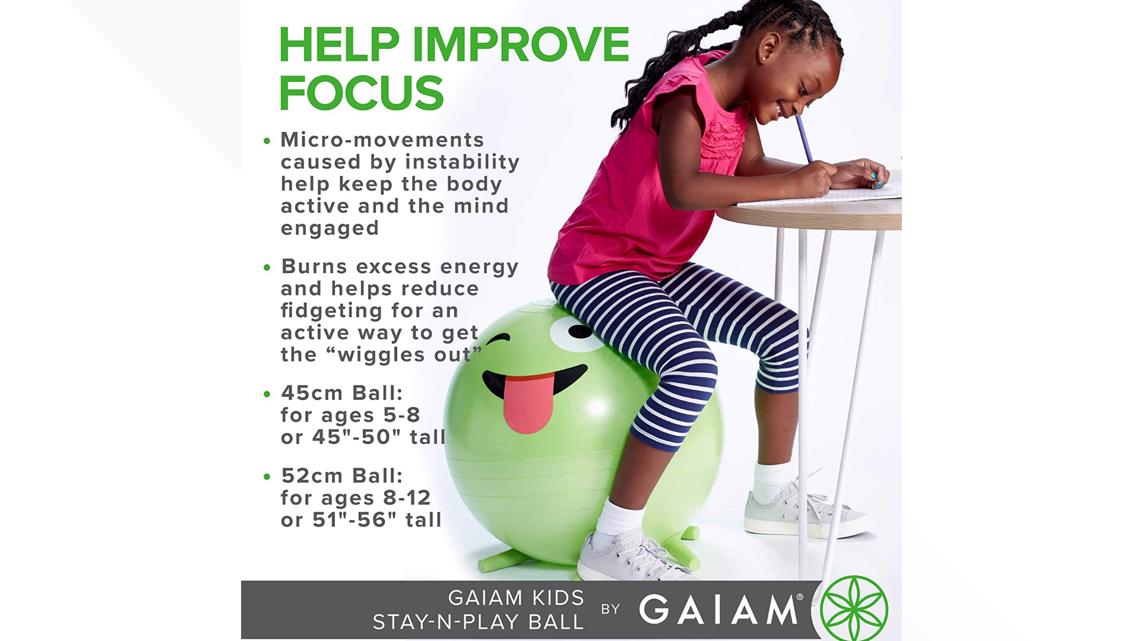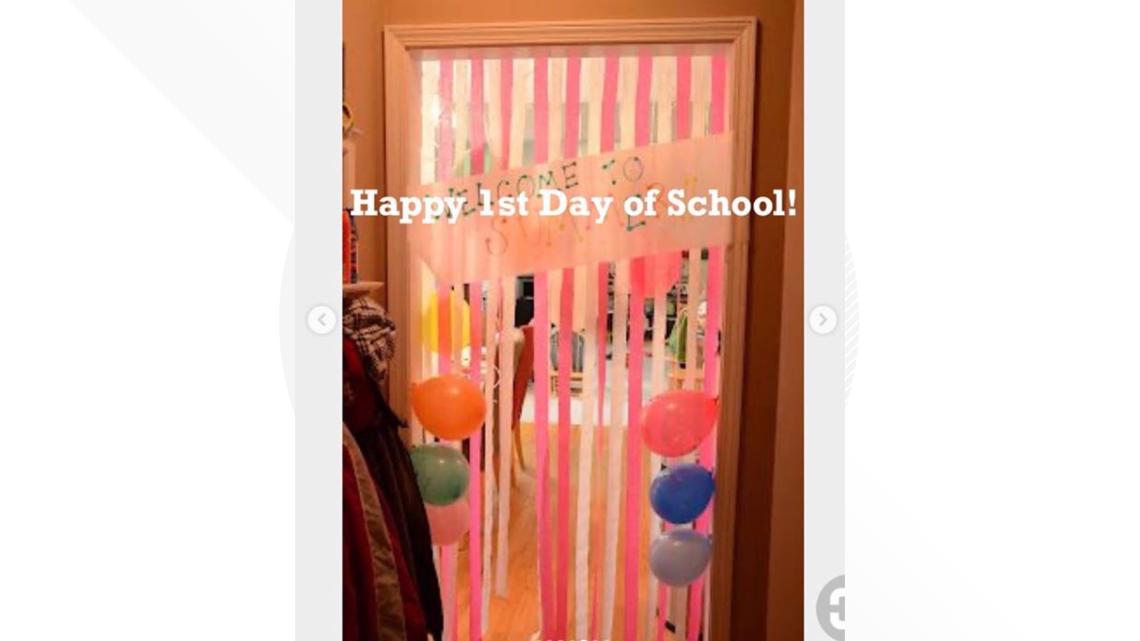PORTLAND, Ore — A Beaverton elementary school teacher, who has taken time off this year to have her first baby, has created an Instagram page that's helping a lot parents with young kids.
Meghan Kalus has taught first and second grade in California, Harlem, New York and Beaverton's McKinley Elementary School.
She shared with us some of her real, concrete things to do and get, from her Instagram page @teacher2therescue, that could make virtual learning go a whole lot smoother.
Create their workspace
1) Find a desk or table
"I recommend having some sort of flat surface, whether it's a desk or a table for them to work at," said Kalus.
2) Alone or near you
Decide if your child will work better alone in a quiet space or near you for more frequent check-ins and reminders. Is the living room, kitchen or their bedroom the best?
3) Good lighting
Put that desk or table near a window, or move a lamp to shine on it. It helps with eye strain and helps keep them more awake and alert.
4) Supplies at the ready
"It's really important to have their school supplies easily accessible to them," Kalus said. "Things like paper, pencils, glue, scissors, anything that they might need, that way they can just quickly grab them so they're not having to get up and go look for them and bother you to find them while you're working."


Choose their chair
Some kids focus better with a regular hard chair, Kalus found in her teaching. Others want a cushier pad. And then there's the real movers, that might want something called a wobble stool that's stable on one side and the other can bounce or wobble around.
"It gives your kiddo a chance to kind of wiggle and move, while still staying in the same place and staying focused at the same time," said Kalus.
Amazon has this bosu ball style option for $20, and this more pedestal style, rigid version starting at $40. You can read her post on wobble stools here.


Make the first day or week special
"When I was teaching, I would give the kids a special letter during orientation that they could read the night before school started," Kalus said. "And inside was a little packet of confetti and the letter basically tells them that this is special, magical confetti to sprinkle under their pillow the night before school. And it will help them be ready for school in the morning and be a great learner."


In this Instagram post, she also suggested picking a doorway or hall to decorate with streamers, banners or homemade signs for your young child to walk through and feel special. She says to really do it up: play a song or cheer or sing to mark the milestone of a new grade.
And then, because there aren't any school pictures - at least right now - have the younger ones draw a self portrait.
"We would always do that on the first day of school and then do it again towards the end of the year, and you can kind of compare them and see really how far they've come, how they saw themselves at the beginning of the year compared to the end of the year."


Create opportunities to fidget
"Basically, a fidget is any sort of object that a child can hold in their hands and fidget with," Kalus explained. "It gives the kids a way to kind of move and get some of their energy out while they're still saying staying in the same spot and listening. You can model and practice with your student how to use a fidget appropriately during learning time, like making sure that it stays in their lap or stays on the table while they're using it. Tell them it's not a toy, but a learning tool to help them focus and get some of their wiggles out as they learn."
Create brain breaks
"The average attention span for elementary school kiddos is about one to two minutes per year old they are. So a 7-year-old has about a seven to 15 minute attention span, yet we often have kids sit still and focus for much longer than that," Kalus recalle of her students. "So it's important to get up and take brain breaks in the classroom."
Kalus has a post here about taking index cards and writing different movements on them like 10 jumping jacks or 15 wall push-ups or running in place, counting by fives.
Then your student can pick which one they would like to do. She says you can also write those ideas on popsicle sticks and put them in a jar and the student can pick a stick and do the activity on it as a surprise.
Make it fun
"One tip I gave for reading is you can take a laundry basket and have your kiddos sit inside of it, maybe with a pillow or a comfy stuffed animal for reading time. We called them 'reading spaceships' in the classroom. Little things like that can help get them excited about doing schoolwork at home."
First 6 weeks set the tone
"In my opinion, the first six weeks are the most important for the entire school year." Kalus said.
Those weeks in the classroom are when you build and practice routines, set expectations and classroom culture.
You can do it at home too.
"Decide what time you'll always get them up each day, we eat breakfast, we brush our teeth," said Kalus. "Maybe we do a read-aloud, or we do quiet reading time or some sort of game that just gets us ready for the school day."
She said parents can evaluate how things are going after 6 weeks. Do they need more little breaks? Would they do better sitting somewhere else? Is the work too easy or too hard?
This is hard on all of us, so the key is to be flexible and ready to adapt.

